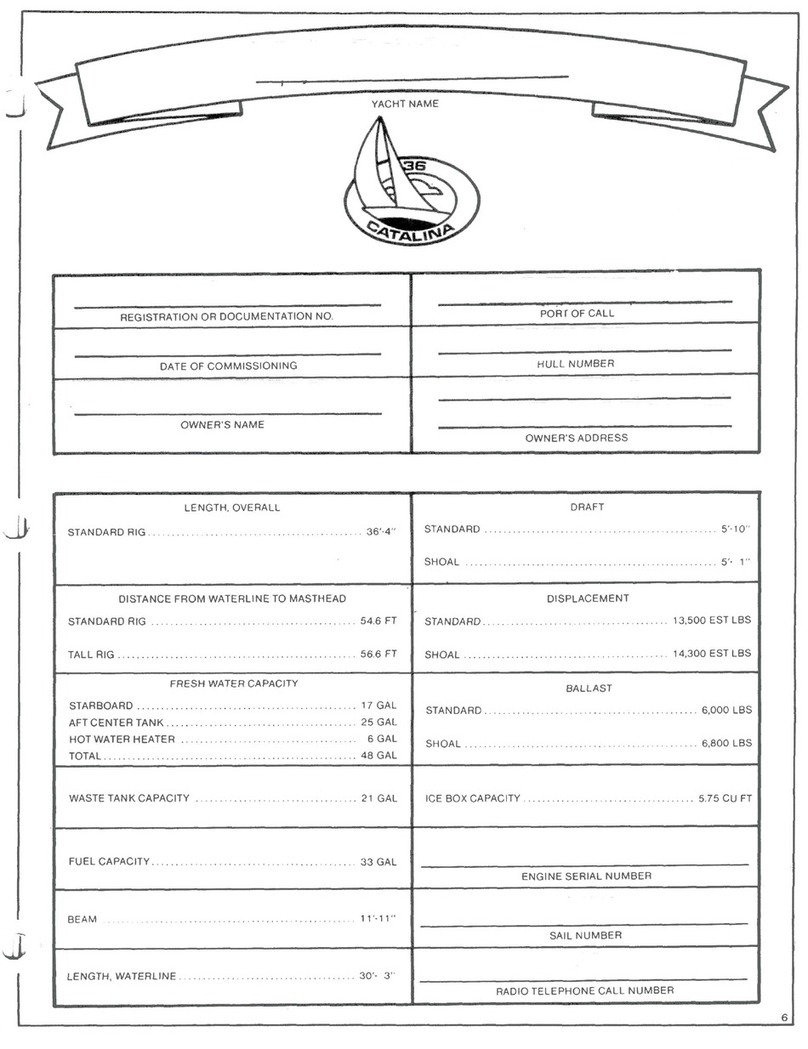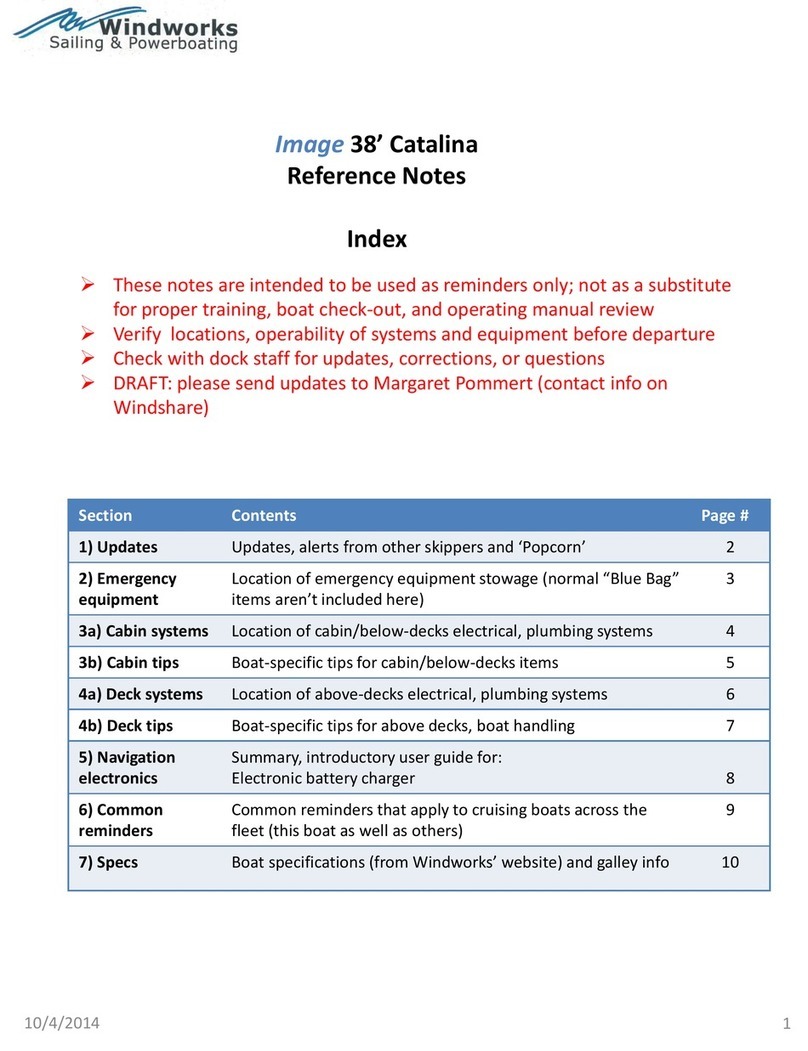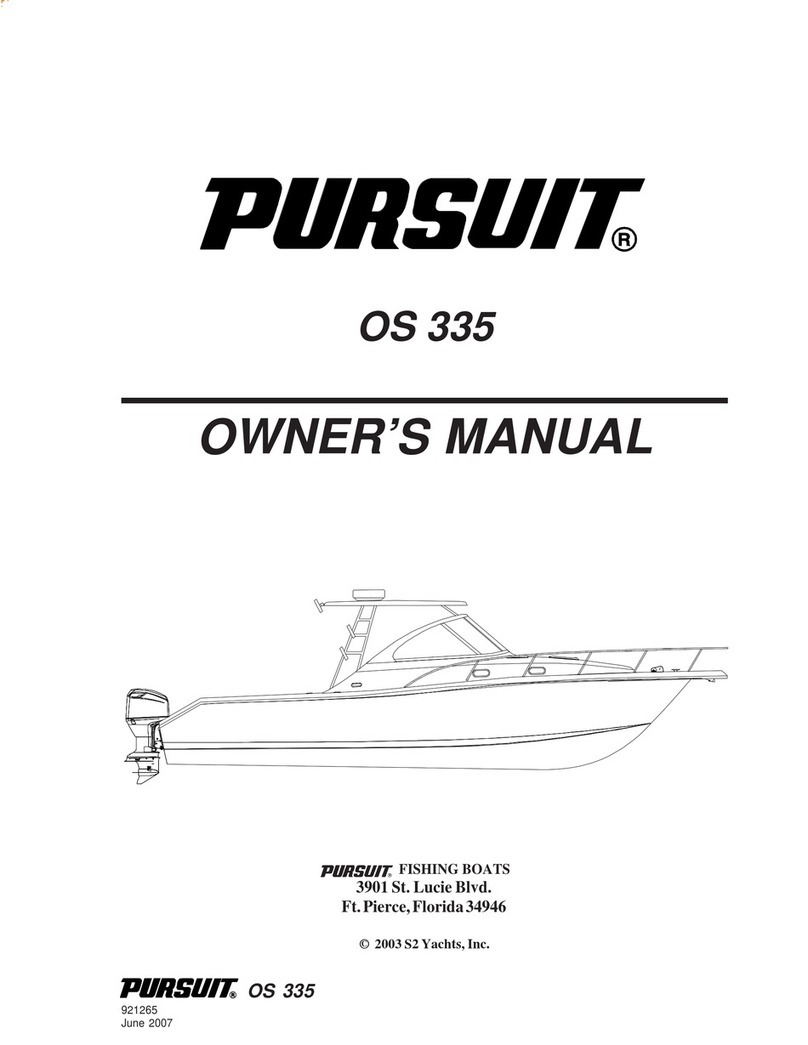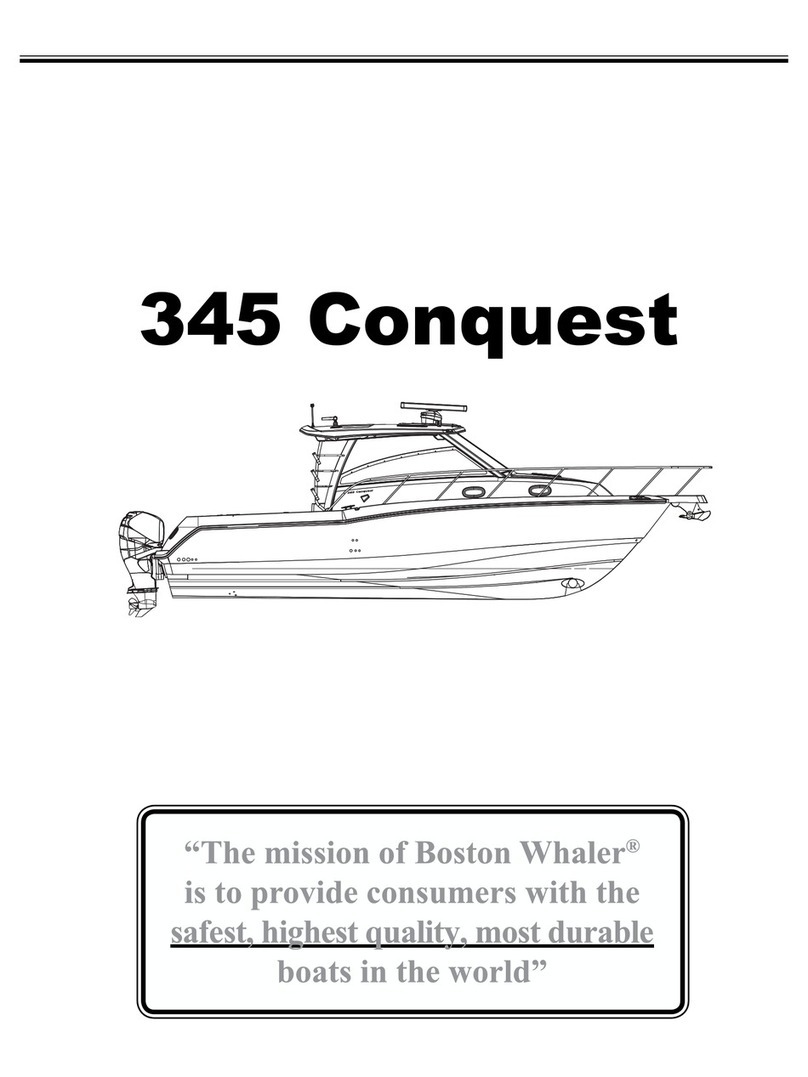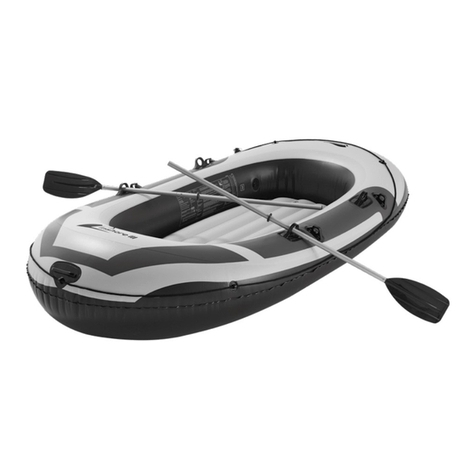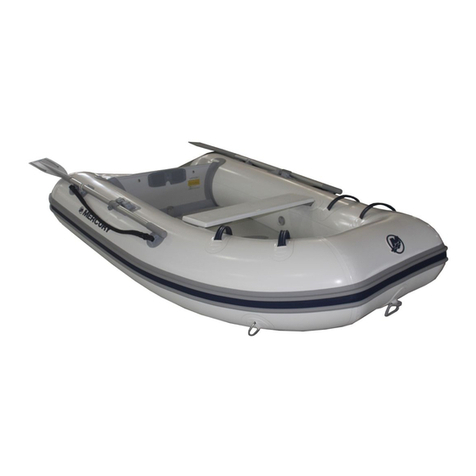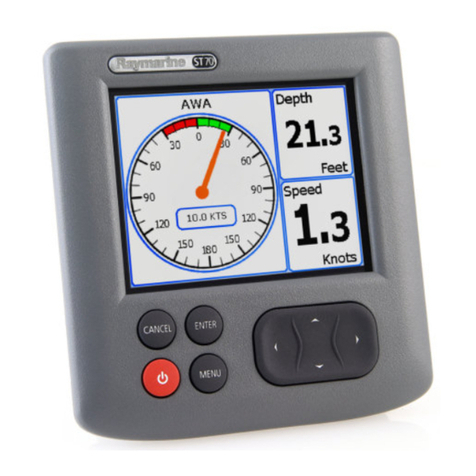Catalina 310 User manual
Other Catalina Boat manuals

Catalina
Catalina 22 1977 User manual

Catalina
Catalina 350 User manual

Catalina
Catalina Jenny Lane User manual
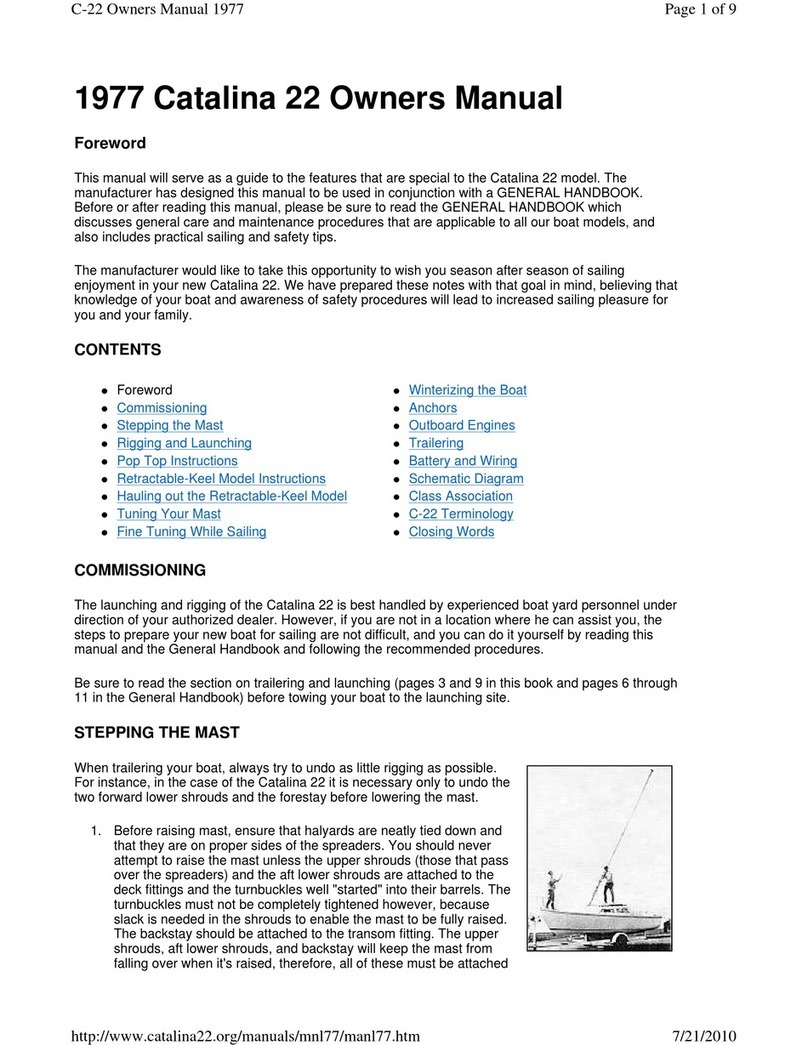
Catalina
Catalina C-22 1977 User manual

Catalina
Catalina 250 User manual

Catalina
Catalina Expo 14.2 User manual
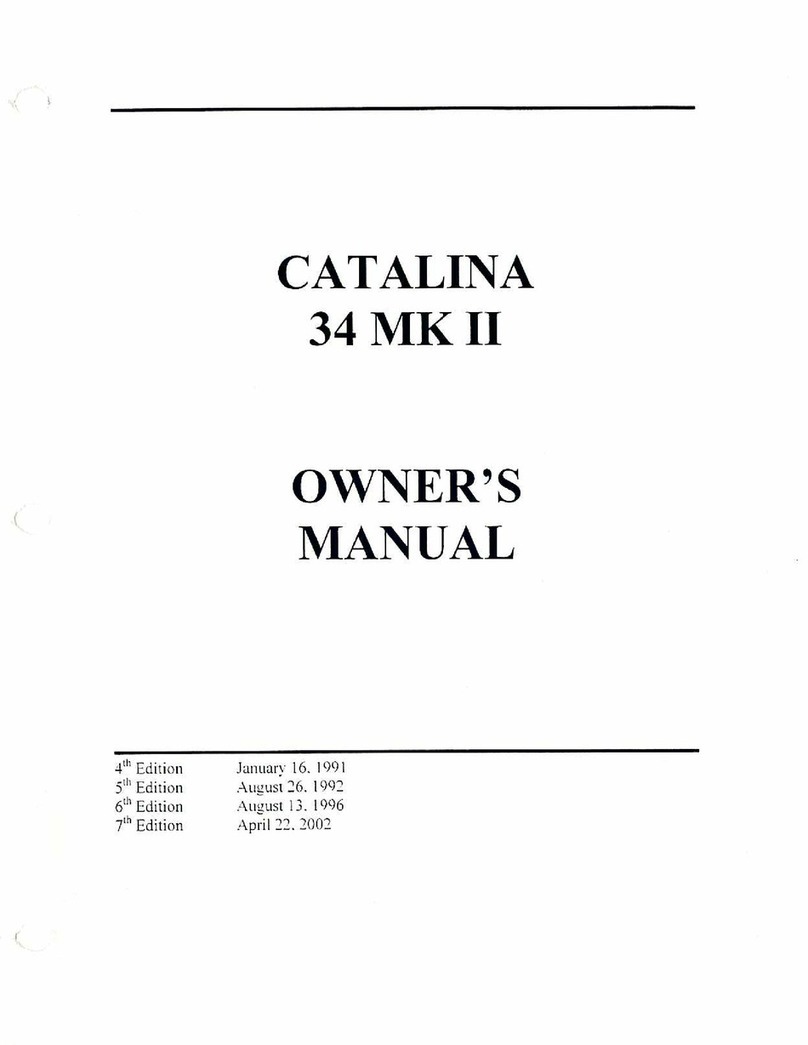
Catalina
Catalina 34 MK II User manual

Catalina
Catalina Capri 22 User manual

Catalina
Catalina 250 User manual

Catalina
Catalina Expo 12.5 User manual
Popular Boat manuals by other brands

Jeanneau
Jeanneau SUN ODYSSEY 41 DS owner's manual

Meridian
Meridian 490 Pilothouse owner's manual
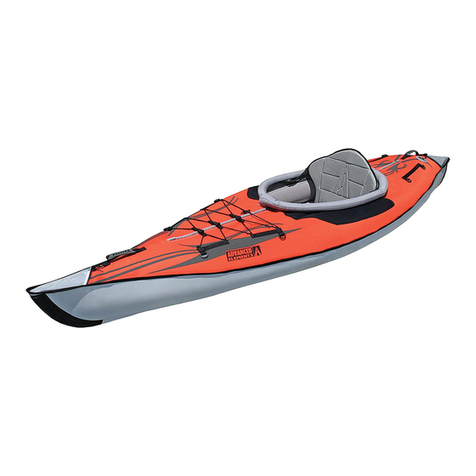
Advanced Elements
Advanced Elements AdvancedFrame Expedition AE1009 owner's manual
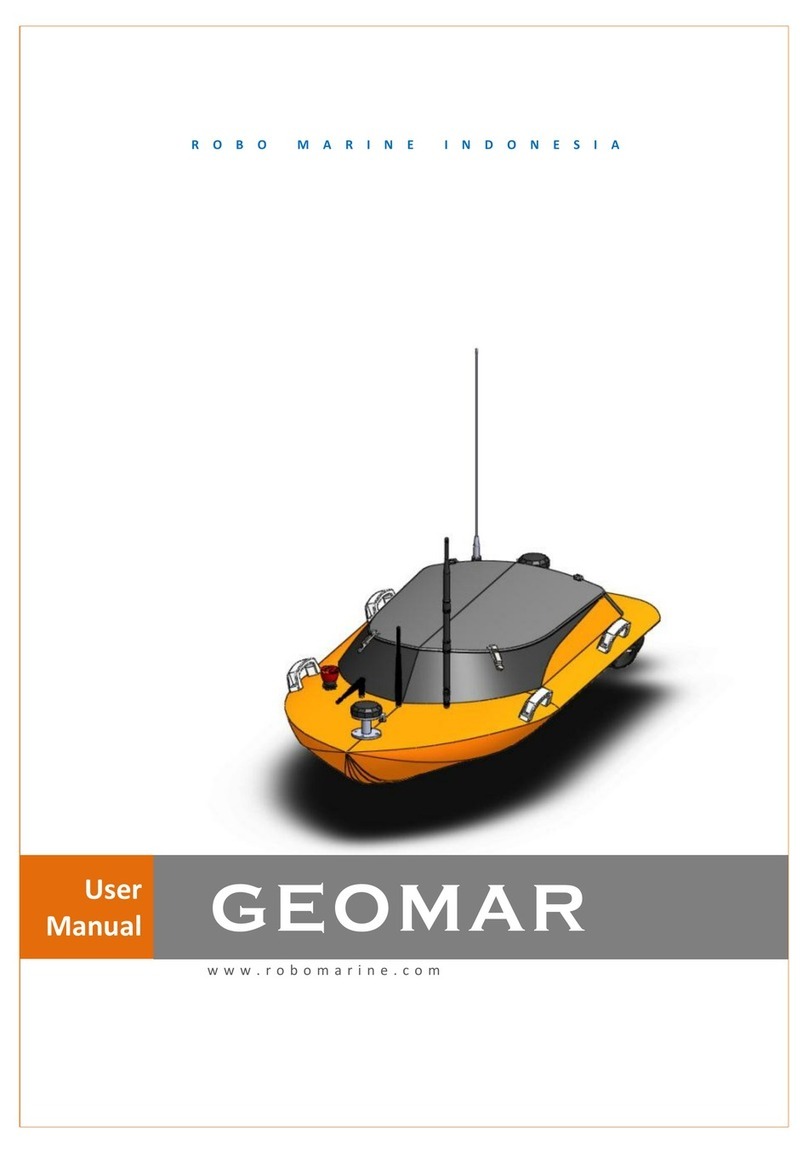
Robo Marine Indonesia
Robo Marine Indonesia GEOMAR user manual
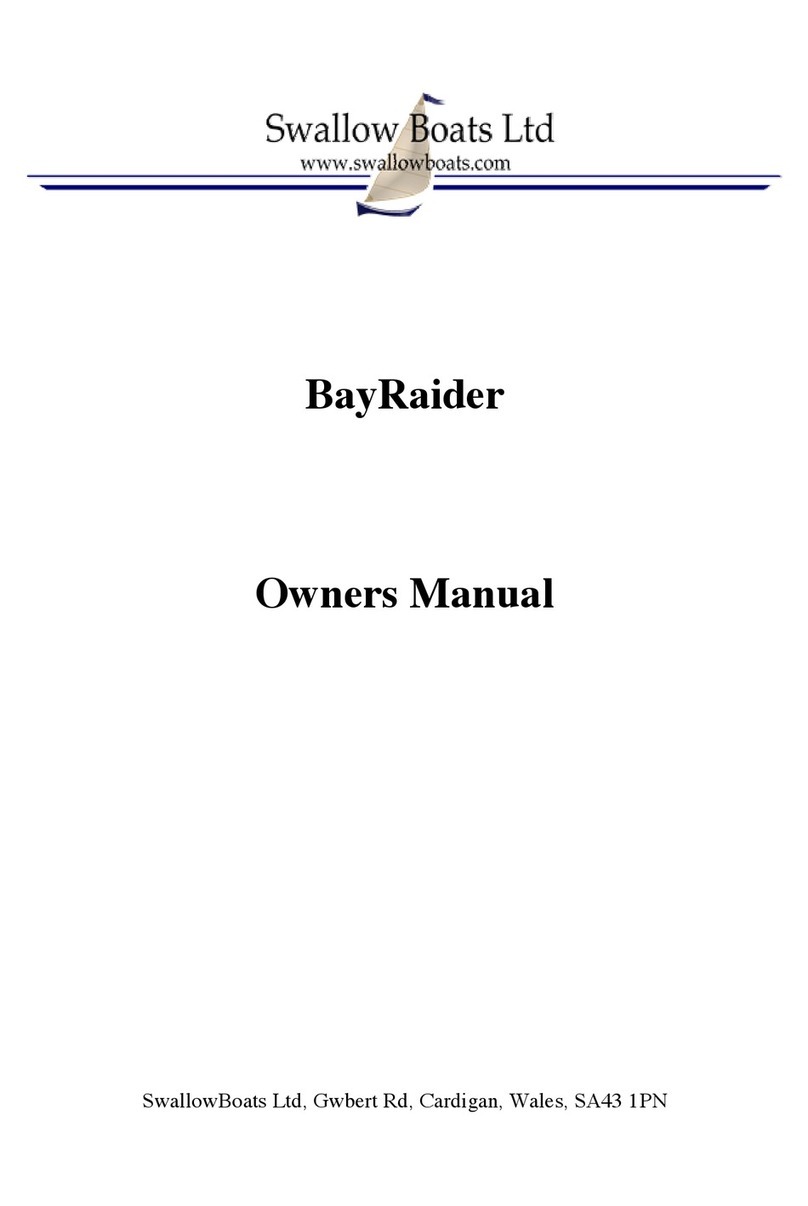
Swallow Boats
Swallow Boats BayRaider owner's manual
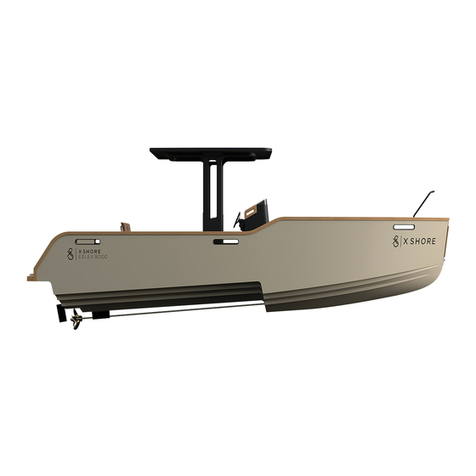
X SHORE
X SHORE EELEX 8000 owner's manual
